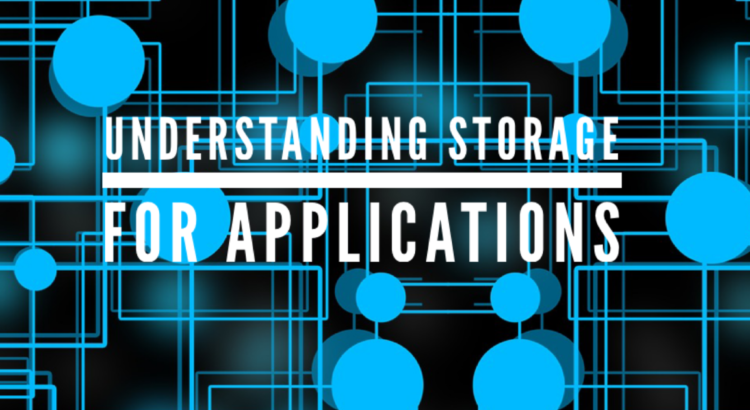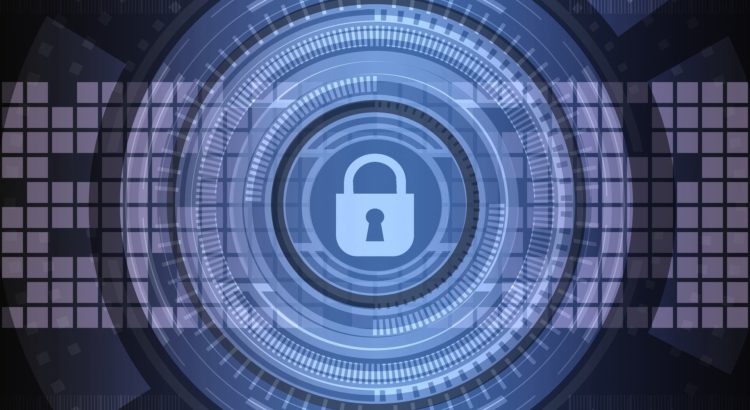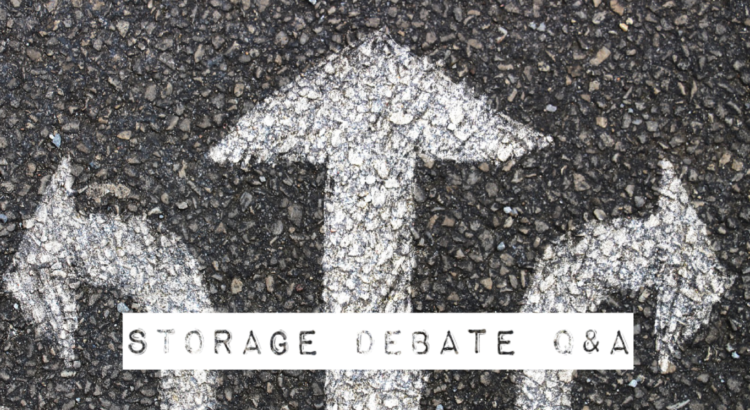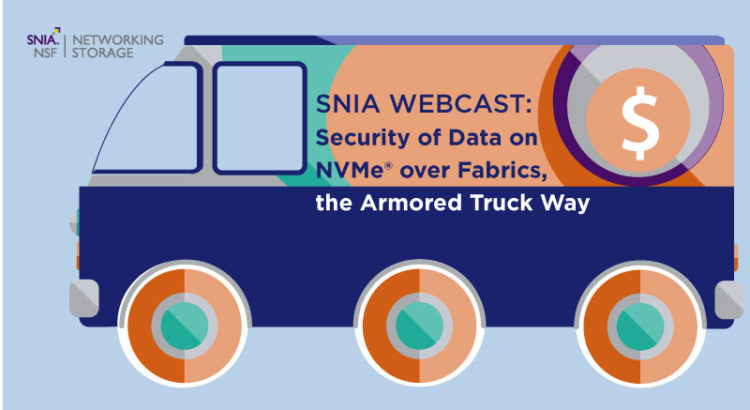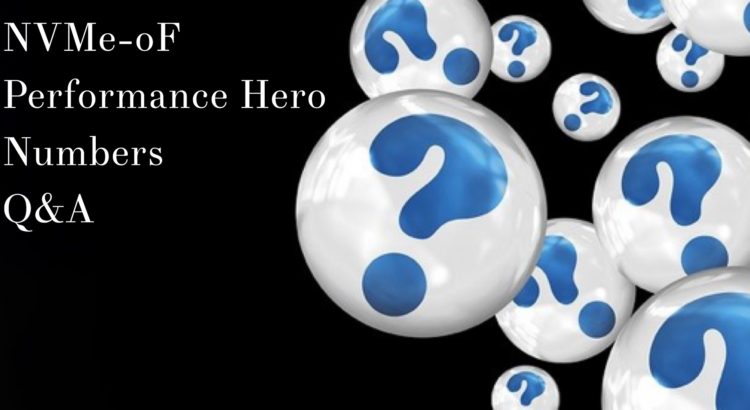Every wonder how Fibre Channel (FC) hosts and targets really communicate? Join the SNIA Networking Storage Forum (NSF) on September 23, 2021 for a live webcast, “How Fibre Channel Hosts and Targets Really Communicate.” This SAN overview will dive into details on how initiators (hosts) and targets (storage arrays) communicate and will address key questions, like:
- How do FC links activate?
- Is FC routable?
- What kind of flow control is present in FC?
- How do initiators find targets and set up their communication?
- Finally, how does actual data get transferred between initiators and hosts, since that is the ultimate goal?

